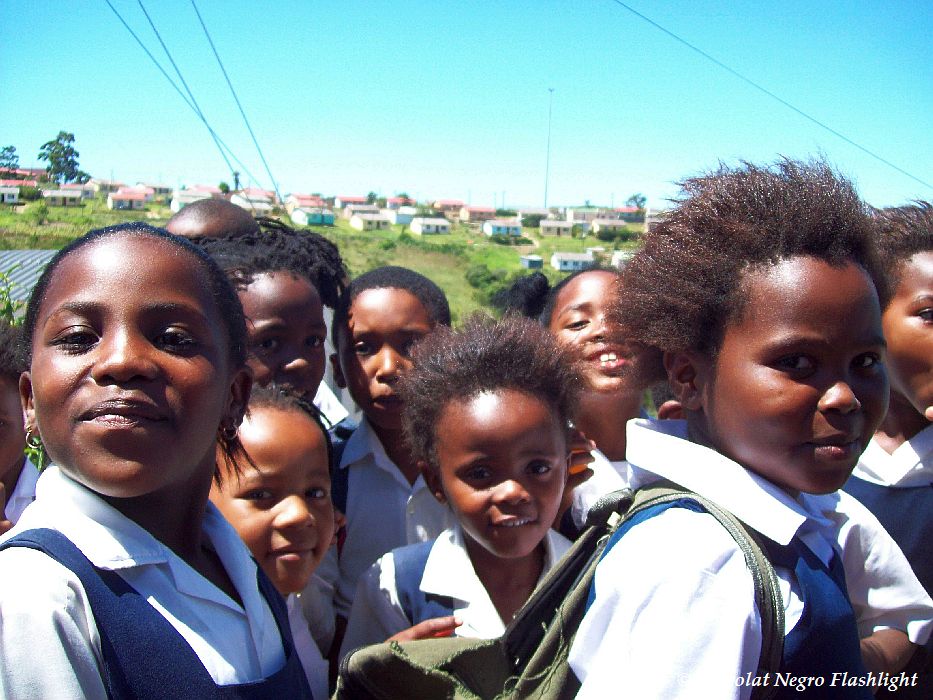The Holistic School of Thought
From 1994 to 2001 the LAG – Malihilfe supported 17 villages in the Cercle de Nara. The Project LAG ‘s interventions followed the approach of a “holistic multisectorial village development”. This approach was based on the assumption that all the basic, elementary and unsatisfied needs of the population, as food security, availability of drinking water, sanitation and education to name just a few, had to be taken into consideration during the planning of the project’s activities. This approach also assumed that if basic living conditions could be improved in a holistic way, in other words by attending to the problem areas simultaneously through integrating them into an annual project plan in form of well defined and researched activities, things would eventually get better in the villages of the Sahel.
Mali had been classified as the fifth poorest country in the world when I started working in the Sahel in 1996. Things had to get better.
The LAG was the first organization to set up a project infrastructure in Nara. It worked in close cooperation with two other foreign donor organizations that supported the project in terms of finances, knowledge, logistics and personel. Many projects at this time fancied the “holistic” approach. It did make a lot of sense because of its participatory and patient nature compared to development strategies of the 1970’s and it had all the potential to turn projects into success stories instead of white elelphants.
But the north and north west of Mali englobes a wide a variety of life-styles with many of the communities in the Cercle de Nara being of a pastoralist and nomadic nature. One of these lifestyles is called ” The Transhumance”.
The Transhumance can be described a pastoral strategy practised since thousands of years in the Sahel, especially in the north of Mali. It relies for migration for one part of the year and village residence during the other part. Seasonal migration patterns differ and they depend on a variety of factors ranging from the size of the herds to socio-economic status and family clan. There exists what we called the ” big and small transhumance”.
The small transhumace is also sometimes called a ” dry season transhumance ” that entails staying in the villages during the rainy season and then migrating south for the dry season. The dry season begins in November and ends at the beginning of July. Migrants consist of small family groups or male herders without any women.
The big transhumace is intensive in nature but the migrants move north towards Mauritania and they move during the rainy season. The migrants return only to their villages for a couple of weeks when the harvest time comes which is around October. After that they continue to migrate south with their herds for the long dry season lasting several months.
Migratory and pastoralist patterns have been overlooked for decades in project planning in the Sahel. During the last years more attention is given to them.
But for us soon the question arose: Whom can we make whole again if there is no continued presence, no male presence in the villages for several month every year ? Who is going to do the follow up on the implemenattion of the “holistic village development activities”?





